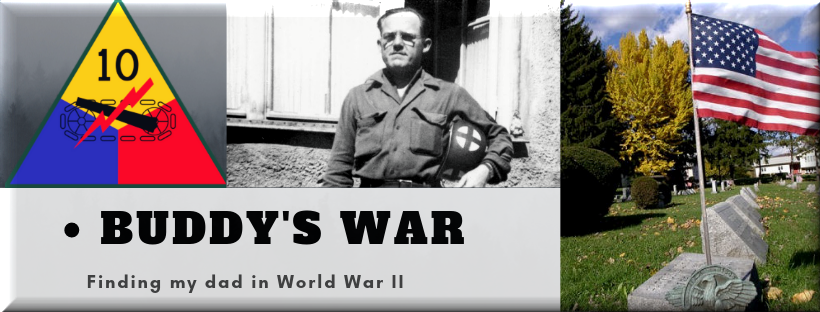It is a historic fact that the US Army was amazing in its response in this first week of the Bulge. The battle was critical from the start, of course. Many were aware that this could make or break the war for either side. The actions during the period from 18 - 22 December were truly extraordinary!
For example, from Ardennes 1944 by Antony Beevor:
The idea that the bulk of an army could be turned around through ninety degrees to attack in a different direction within three days produced stunned disbelief around the table.
But there can be little doubt that Third Army’s energy and staff work produced one of the most rapid redeployments known in the history of warfare.
Bradley [later] boasted with justification on Christmas Eve that ‘no other army in the world could possibly have shifted forces as expertly and quickly as we have’. On the second day of the offensive, First Army moved 60,000 troops into the Ardennes in just twenty-four hours. The despised Com Z of General Lee had achieved miracles. It also managed to transport 85 per cent of ordnance stocks out of German reach. Between 17 and 26 December, 50,000 trucks and 248,000 men from quartermaster units shifted 2.8 million gallons of gasoline so that panzer spearheads could not refuel from captured dumps.
The 10th Armored was as important as any other of the divisions. Combat Command B had its almost hopeless task of the defense of Bastogne until the weather cleared and the rest of the 101st Airborne arrived to break the siege. They all knew that Bastogne was critical in the German army’s movements to get to Antwerp as soon as possible. Their task, in spite of the odds, was amazingly successful. This is occurring in snow and temperatures around 12 degrees F., one of the coldest winters in decades. Nichols in Impact! reports:
…As the ridges became white and the drifts deeper, the most pressing problem became that of getting the defenders indoors in order to escape the icy blasts of the Ardennes winter.Nichols then relates the initial actions of CC B in the first few days of the Bulge:
With tanks in the lead and dismounted doughs around them, the shot-up force pushed north… The enemy did not emerge lightly from the Team’s determined stand as it lost 15 tanks, 1 armored car, 2 halftracks, 3 anti-tank guns, 184 Germans killed and an undetermined number wounded. Our Teams lost 11 Mediums, 7 light tanks, 17 halftracks, 1 tank dozer and 2 recovery vehicles. In addition 1 Tiger officer was killed, 1 officer and twenty enlisted men wounded and 2 officers and 44 men were missing. Cherry’s Tigers were a tower of strength and fortitude as they held off numerically superior enemy forces to help prevent Bastogne from being captured on December 19. It was not fully known until studies were made after the war, just how enormous was the German strength…It is difficult to imagine the utter hopelessness of Team Cherry’s situation in view of the tremendous forces arrayed against it, plus the fact that the team was confined to just one road, and to maneuver was out of the question… [While it may have been a minor victory for the Germans in the first days,] Cherry’s [Tigers] softened the enemy and… gained precious time for General McAuliffe’s airborne battalions to deploy east of BastogneWhile the teams of CC B were separated from the Division, Combat Commands A and R were occupied on the southern edge of the bulge. Their task was to be part of the protection of Luxembourg City. They were in the Berdorf-Echtenach area northeast of Luxembourg City.
Again from Ardennes 1944:
Combat Command A under Brigadier General Edwin W. Piburn, [after their 75-mile non-stop journey] ‘rolled headlong into a very surprised German force’ near the Schwarz Erntz gorge. The battle continued for three days, but the German advance was halted. The southern shoulder was secure.Buddy’s Company C of the 80th Armored Medical Battalion had arrived in Bertrange late in the day on 18 December and remained there for three days. The “official” orders for the 10th (without CC B) were to protect the eastern flank. With that Company C moved 15 miles to Lintgen.
✓ Company C Morning Report
✓ 21 December
1630 left Bertrange, Lux. Traveled 15 miles by motor convoy. Arrived at Lintgen 1725. Billeted troops and set up clearing station (MR)
75 Years Ago
23 December
D-Day + 200 daysFor these few uncertain days, some no doubt felt that the outcome of the war hung in a precarious balance.


No comments:
Post a Comment